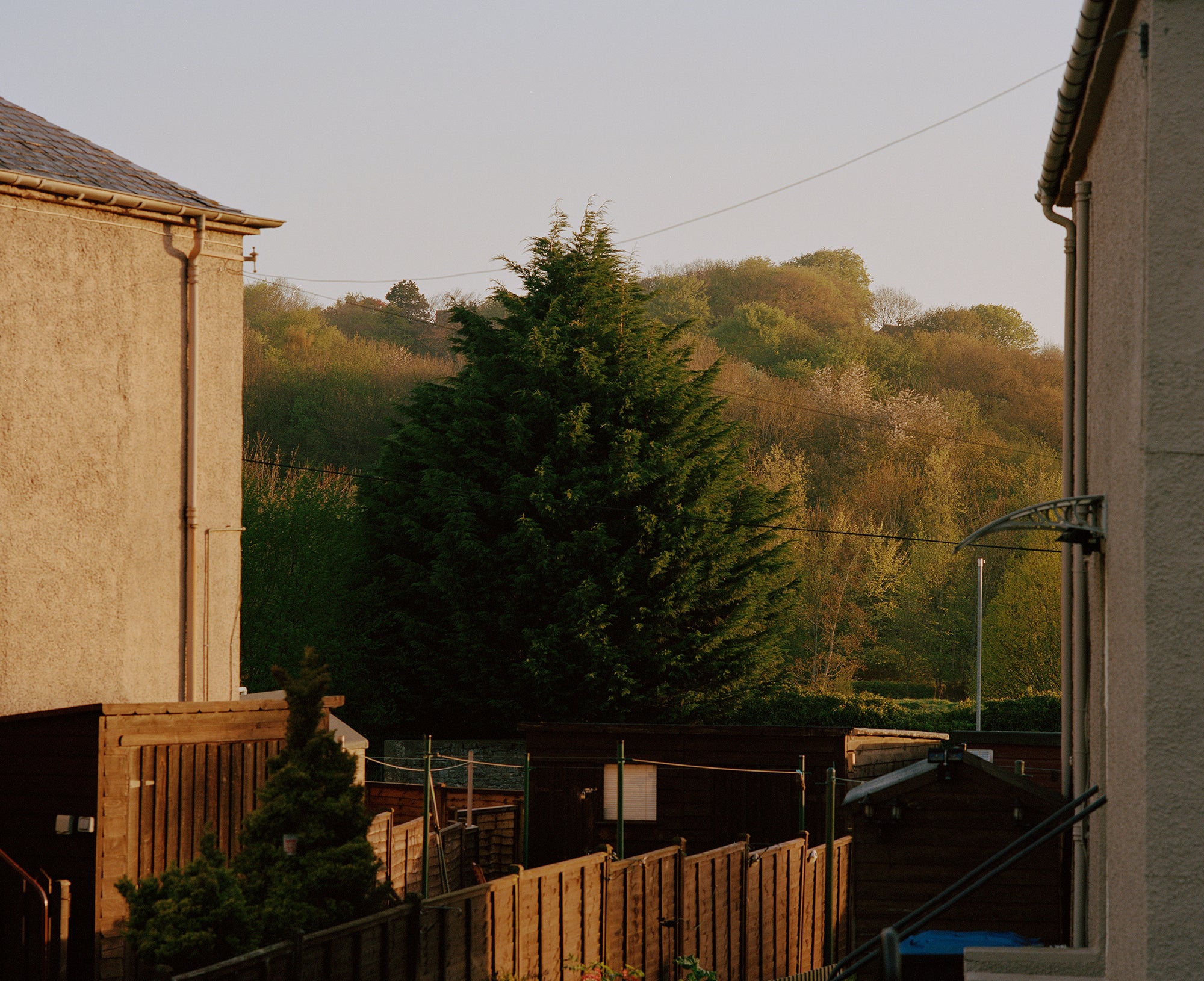WELCOME TO HAWICK
Welcome to Hawick, the home of cashmere.
Words by Ben Reardon.
We arrive in Scotland’s capital city of Edinburgh with its iconic castle views and magical Harry Potter winding streets before embarking on a two-hour impressive jaunt to the small town of Hawick (pronounced Hoyk), home to Pringle of Scotland.


The Scottish countryside with its panoramic scenery, rolling hills, moors, mountains and terrain of every hue is hard to describe to someone who hasn’t experienced this wonderful part of the world. It is in no small part why that ‘of Scotland’ remains proudly stitched into every garment produced by Pringle. To fill your lungs with the cleanest air and to drink the natural spring water on tap is to be at one with nature in its purest undiluted form; this is God’s Own Country and has served as a constant never-ending inspiration to Pringle for over 200 years and counting. ‘Welcome to Hawick, The Home of Cashmere’ signage greets you upon arrival into the picturesque town.



We are here for a tour of the factory with Allan Godfrey, Head of Knitwear, and what this charming man doesn’t know about cashmere simply isn’t worth knowing. He is the oracle of all things Pringle and like a Scottish version of Pinocchio, Allan is practically put together with a needle and thread. “I started at Pringle when I was a teenager,” he proudly states. “I was 16 years old and I’ve worked for Pringle all my life. My father, both my brothers, at one point my mum and myself were all employed by Pringle. My father, he spent 50 years in the company, from the start of his working life until the end. I grew up knowing Pringle, absolutely. It’s funny in a way because chats around the tea table were almost always about work.”
Navigating the cobbles and entering the first room is like walking down Coronation Street and into Mike Baldwin’s knicker factory from back in the day. The décor hasn’t been touched since the 70s and peach swagged curtains frame rectangular windows whilst avocado sewing machines whirl into nonstop action as the women sit focussed on their skilled task in hand. Half eaten packets of biscuits sit close by each station, waiting to be dunked into a lovely cup of tea as faded posters featuring an 80s George Michael, and more recently Meghan and Harry, witness the workers adeptly zoom a sleeve into a cuff or link a chest panel into a neckline. Each task is impressive to behold and such precision, confidence and exactitude only comes with years of training. “This form of knitwear started in the late 20s and early 30s,” informs Allan. “The first frames were stocking frames built for making underwear and that evolved into knitwear as we know it today.”


When it comes to technical prowess and design innovation there is little Pringle cannot achieve and Allan will argue until ruddy in the face that his talented team can outperform the most revolutionary of machinery. “No matter how good technology is, there will always be a restriction. Technology is way better now than it used to be but it will never reach the levels of pure hand intarsia,” he states with a confident matter of factness. “It’s not just about making beautiful designs - of course that’s important - but we want to produce items that people want to wear and buy.” He turns around and picks up a trademark argyle knit. “Our hand intarsia is primarily done in cashmere as it’s the fibre for which people are willing to pay that extra bit of money. This is the way it has always been produced.” The argyle pattern derived from the tartan of Clan Campbell of Argyll in western Scotland and originally featured on kilts, plaids, and socks worn by Scottish Highlanders since at least the 17th century. It was during the 1920s that Pringle moved argyle from socks to outerwear with the evolution of their signature patterns.



What is particularly enchanting about Pringle is that their product is still touched by the human hand. The sense of family and camaraderie exudes from within the buildings. Workers toil tirelessly with commanding machinery, their ears plugged against the deafening clattering and whirring while across the way artisans armed with a darning thread repair any tiny flaw with hawk-like precision. Shimmy up a stairwell and you are in a sauna-like situation as giant pressers steam every piece to perfection while out in the back a gossip filled canteen with its formica furnishings and diluted squash on tap offers a momentary respite from the daily task in hand.
“When I am on holiday or travelling with work, I always see people old and young, men and women wearing our product,” acknowledges Allan. “And when I see people wearing the product I’m always keen to speak to them. People love to speak about Pringle and love to talk about Scotland. I’m very proud of Pringle and Scotland and love what we do. That’s what’s most important to me.”